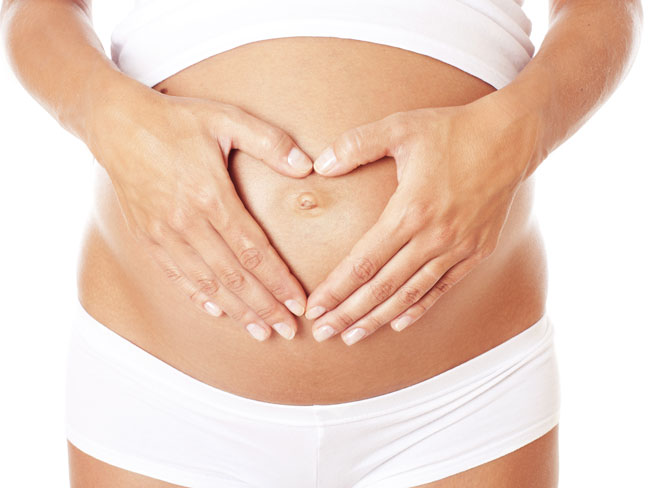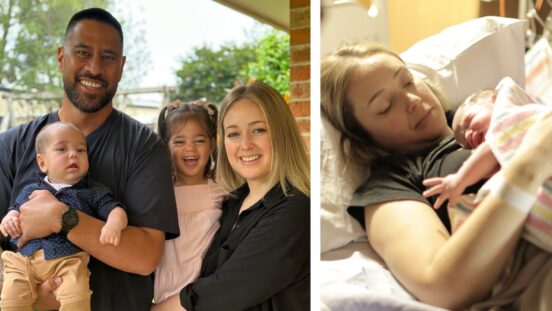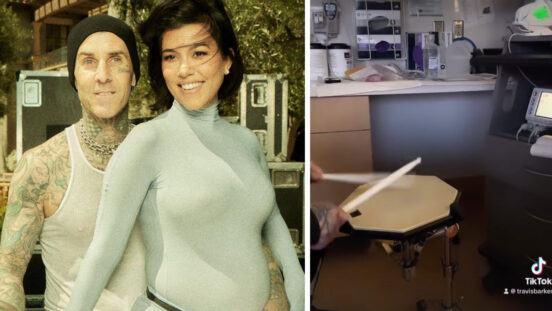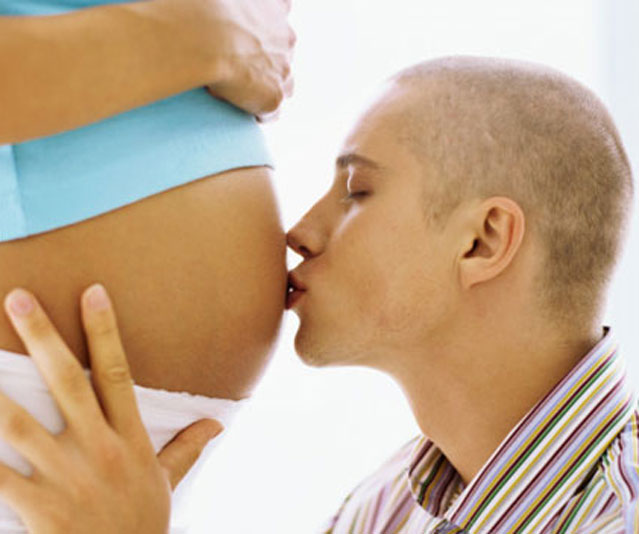Easy guide to ovulation

What is ovulation exactly and how does it work? Read our easy-to-follow guide.
Your ovaries are located on either side of your uterus (womb), near your fallopian tubes, and are each about the size of an almond. They have two functions: to produce eggs (ova), and to produce the hormones oestrogen and progesterone, which are responsible for your menstrual cycle and female body characteristics.
You are born with about two million eggs in your ovaries. During each menstrual cycle, between 10 and 100 eggs begin to ripen, but usually only one will reach maturity on the day of ovulation and be ready for fertilisation to take place.
This egg becomes surrounded by ovarian cells until it forms a follicle, about the size of a grape, on the surface of the ovary. It then ruptures and is drawn into the Fallopian tube by frond-like fibres called fimbriae. The egg can live for 24 to 48 hours.
Your oestrogen levels rise until the middle of your cycle, then fall away for a short period as your body makes an increasing amount of progesterone, which in its turn thickens the lining of your uterus so that a three or four-day-old embryo would be able to burrow into it.
When does it happen?
Ovulation usually occurs 14 days before your next period is due. So, if you are one of the 12% of women who have a 28-day cycle (women's cycles vary from 15 to 50 days), you'll ovulate on day 14. Fertilisation of an egg usually occurs 12 to 24 hours after ovulation, and sperm can live for 72 hours in your vagina.
Remember that, even though you conceive on day 14 of your cycle, your pregnancy will always be calculated from the first day of your last period (so the moment you conceive, you're already two weeks pregnant!).
Signs that you're ovulating
- vaginal mucus becomes clear around ovulation time, and then thickens afterwards
- temperature falls sharply just before you ovulate then rises again and remains high until your next period. You should take your temperature when you wake (before getting out of bed) and record it from the first day of your period
- many women report feeling more sexy at this time, which is handy if you're trying for a baby!
- according to a study carried out at the University of St Andrews in Scotland, women are more attracted to rugged, masculine men when they're ovulating, and more feminine-looking chaps during the rest of month. The researchers put this down to women instinctively deciding they must get good genes, which in evolutionary terms means masculine
- cervix (neck of the womb) rising it becomes softer, pouts open and rises higher in your vagina during the fertile phase
- mid-cycle pain occurs 24 to 48 hours before ovulation. It's known as 'Mittelschmerz' and is caused by a distension of the ovarian capsule as it swells before ovulation.
Narrowing it down
Increase your chances by finding out exactly when you're ovulating:
OVULATION KITS
Just before ovulation, there is a rise in luteinising hormone (LH). Home ovulation kits detect an LH surge, and if you have sex in the two or three days after detecting LH in your urine sample, this will increase your chances of becoming pregnant.
ELECTRONIC PREDICTOR
Using urine samples to detect not only LH, but also oestrogen. The monitor tells you when to take urine test and then gives you a fertility reading: low, high, or peak. It pinpoints up to six fertile days, as opposed to an ordinary ovulation kit's two days.
The rhythm method
You need to keep records of your menstrual cycle for a year, and then do this simple calculation:
- Take 20 days away from your shortest period, as this is the first day you will be fertile.
- Then take 11 days away from your longest period, for the last fertile day.
- This allows 14 to 16 days for the fertile phase, plus four to six days for maximum sperm survival.




